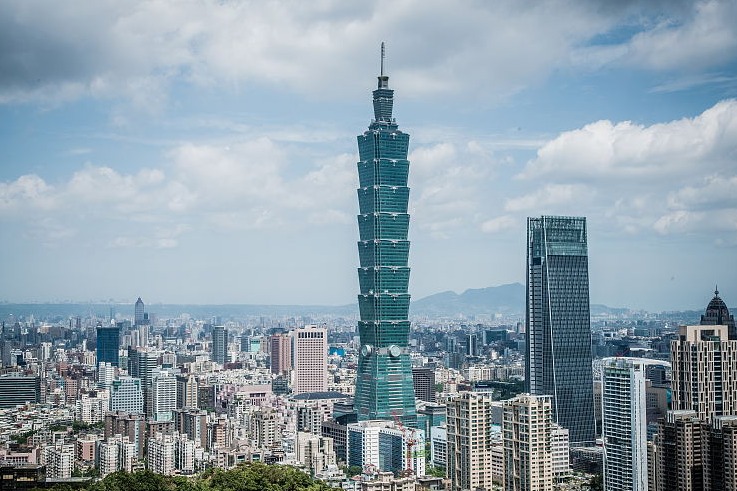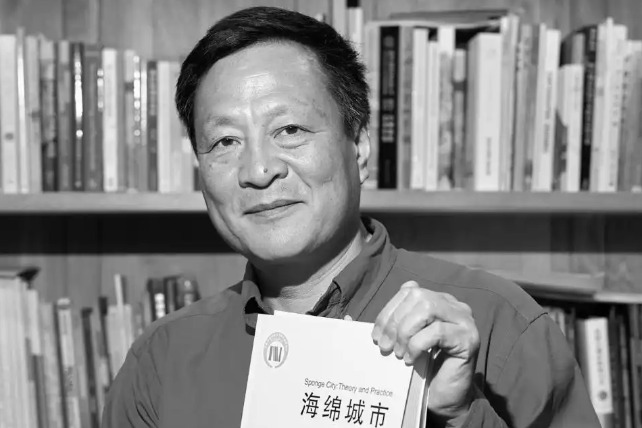A more immersive journey through time

The application of technology is one of the highlights of the newly opened Memorial for the First National Congress of the Communist Party of China in Shanghai.
The 300-square-meter theater space in the venue uses the latest technologies, including immersive CAVE imaging system, holographic "naked-eye" 3D technology, human body holographic imaging technology, LED art lighting, and DTS 360-degree panoramic sound effect technology to combine virtual characters with scenes from the real world to reflect the preparation, beginning, and discussion process of the historic meeting where the CPC was founded.
Another notable feature here is the sand table which showcases a miniature landscape model of Shanghai in the 1920s and local landmarks related to the Party's growth from 1921 to 1933.
According to Zhang Yuhan, a researcher of the Memorial for the First National Congress of the Communist Party of China in Shanghai, the multimedia digital sand table is based on the professional mapping of the main urban area of Shanghai in the 1930s.
The memorial also features two AI digital human interpreters that can provide introductions of the venue and information related to the meeting, as well as answer questions from visitors.
In addition, the cultural and creative store of the memorial hall, which sells products integrating art, innovation, and technology, has attracted much attention. Here, visitors can pick up a bottle of water in the store and scan a QR code on its packaging to play a video about the Party.
Shen Hong, a manager at Shanghai Art-Designing CO Ltd, explained that using diversified methods and technology would make the exhibition more dynamic and immersive for audiences, which helps with the understanding of Party history.





































